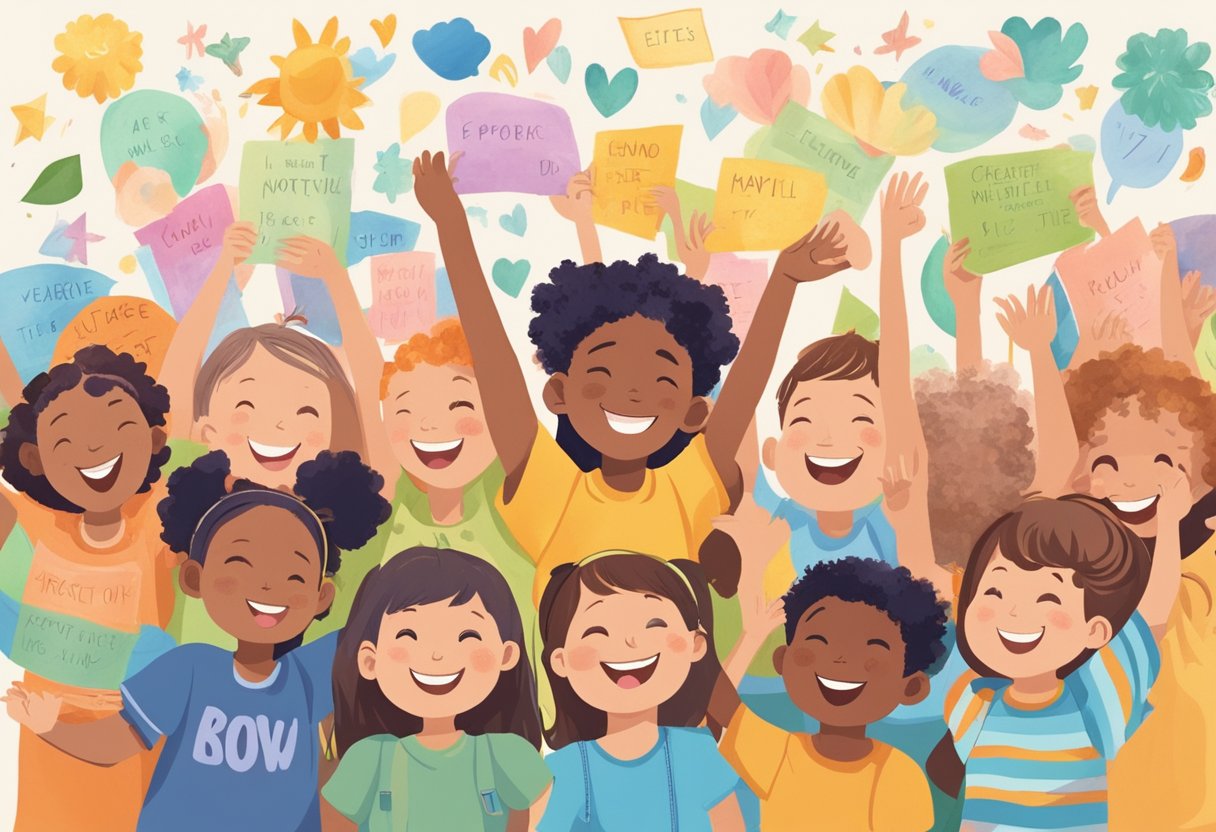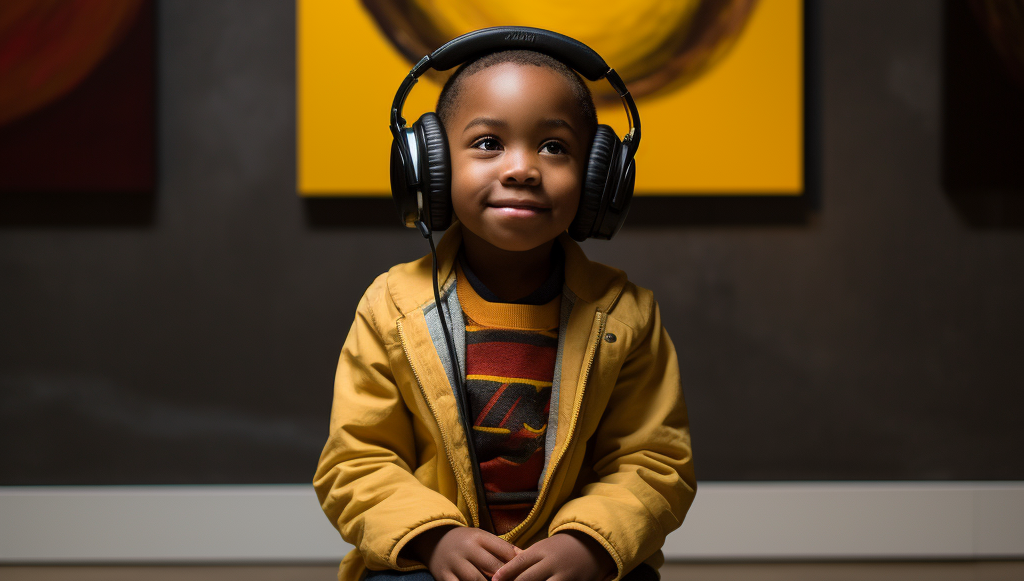Kids daily affirmations (such as our award-winning podcast Charm Words) can help children develop a positive mindset and build self-confidence. Affirmations are positive statements that can help children focus on their strengths, build resilience, and overcome challenges. By repeating affirmations regularly, children can train their brains to think positively and develop a growth mindset.
Affirmations can be used in a variety of settings, such as at home, in the classroom, or during therapy sessions. Parents, teachers, and therapists can help children create personalized affirmations that are tailored to their specific needs and goals. For example, a child who struggles with anxiety might benefit from affirmations such as “I am calm and in control” or “I can handle anything that comes my way.”
Research has shown that daily affirmations can have a positive impact on children’s mental health and well-being. In a study published in the Journal of Child and Family Studies, researchers found that affirmations improved self-esteem, hopefulness, and optimism in children and adolescents. Another study published in the Journal of School Psychology found that affirmations helped reduce stress and anxiety in elementary school students. With the right guidance and support, daily affirmations can be a powerful tool for helping children develop a positive self-image and a growth mindset.
Creating a Positive Mindset
Understanding Affirmations
Affirmations are positive statements that help individuals focus on their strengths and abilities. They are a powerful tool for developing a positive mindset, especially in children. Children who practice affirmations regularly are more likely to develop a positive self-image and self-esteem.
Kids daily affirmations can be used to transform negative thoughts into positive ones. For example, instead of thinking “I can’t do this,” a child can say, “I can do this, and I will do my best.” This shift in thinking can have a significant impact on a child’s confidence and motivation.
Benefits of Daily Affirmations
Practicing daily affirmations can have numerous benefits for children. Some of these benefits include:
- Increased self-esteem: Affirmations help children focus on their strengths and abilities, which can boost their confidence and self-esteem.
- Improved mood: Positive affirmations can help children feel happier and more optimistic.
- Better coping skills: Children who practice affirmations regularly are better equipped to handle stress and difficult situations.
- Increased resilience: Affirmations can help children develop a growth mindset, which can increase their resilience and ability to bounce back from setbacks.
Parents and caregivers can help children develop a positive mindset by encouraging them to practice affirmations daily. This can be done by creating a list of positive kids daily affirmations with the child and encouraging them to repeat them every day. With time, affirmations can become a natural part of a child’s thought process, helping them develop a positive and resilient mindset.
Practical Affirmation Techniques
Crafting Effective Affirmations
Crafting effective affirmations is important for children to build self-esteem and confidence. The affirmations should be crafted in a way that is easy for the child to understand and remember. The affirmations should be positive, concise, and in the present tense. For example, instead of saying “I will be happy,” say “I am happy.” This helps the child to visualize themselves already being happy.
It is also important to use specific language and avoid generalizations. For example, instead of saying “I am good at everything,” say “I am good at math.” This helps the child to focus on their strengths and build confidence in specific areas.
Incorporating Affirmations into Routine
Incorporating affirmations into a child’s daily routine can help them to internalize the positive messages. One way to do this is to have the child repeat the affirmations in the morning before starting their day and at night before going to bed. This helps to set a positive tone for the day and reinforce positive messages before going to sleep.
Another way to incorporate affirmations into a child’s routine is to use visual aids such as posters or flashcards. These can be placed in the child’s room or in a common area of the house where they will see them frequently. This helps to reinforce the positive messages and make them a part of the child’s daily life.
Overall, incorporating affirmations into a child’s daily routine can help to build self-esteem, confidence, and a positive outlook on life. By crafting effective affirmations and incorporating them into the child’s routine, parents and caregivers can help to set the child up for success.














